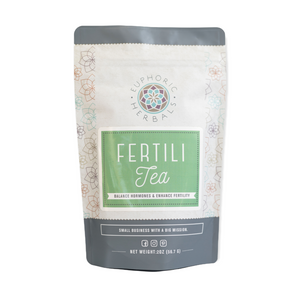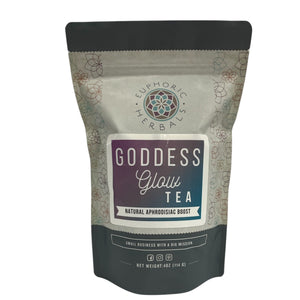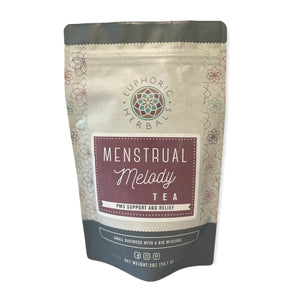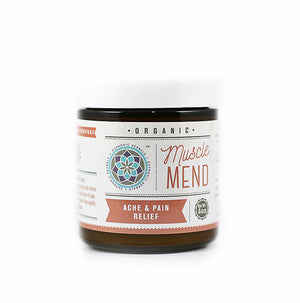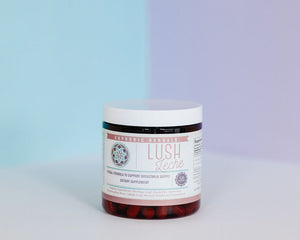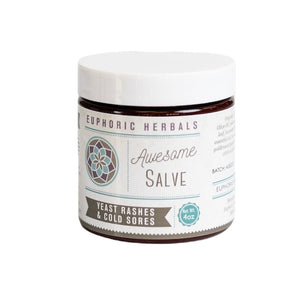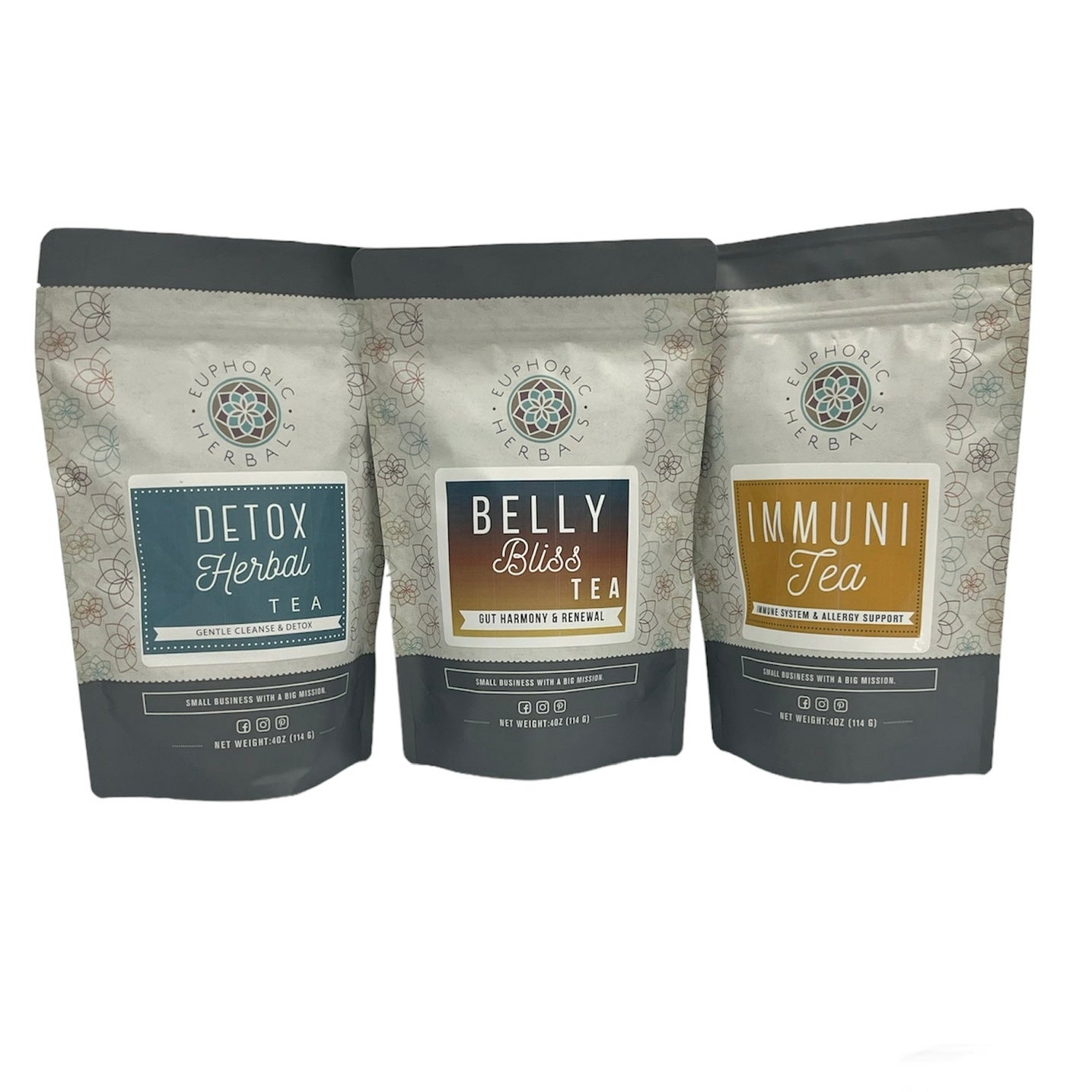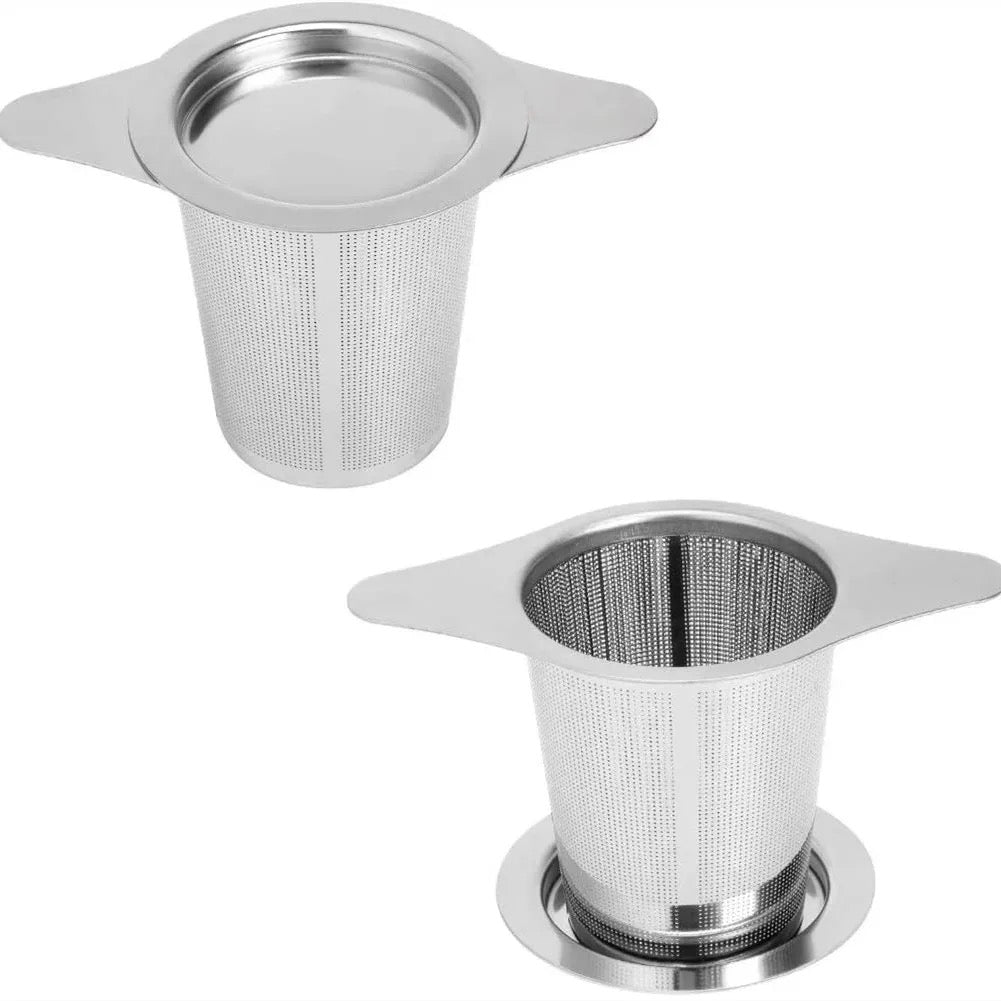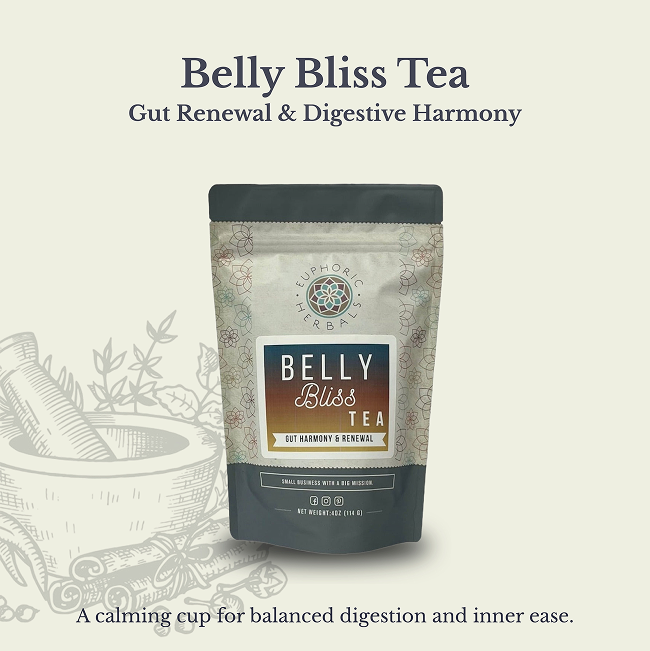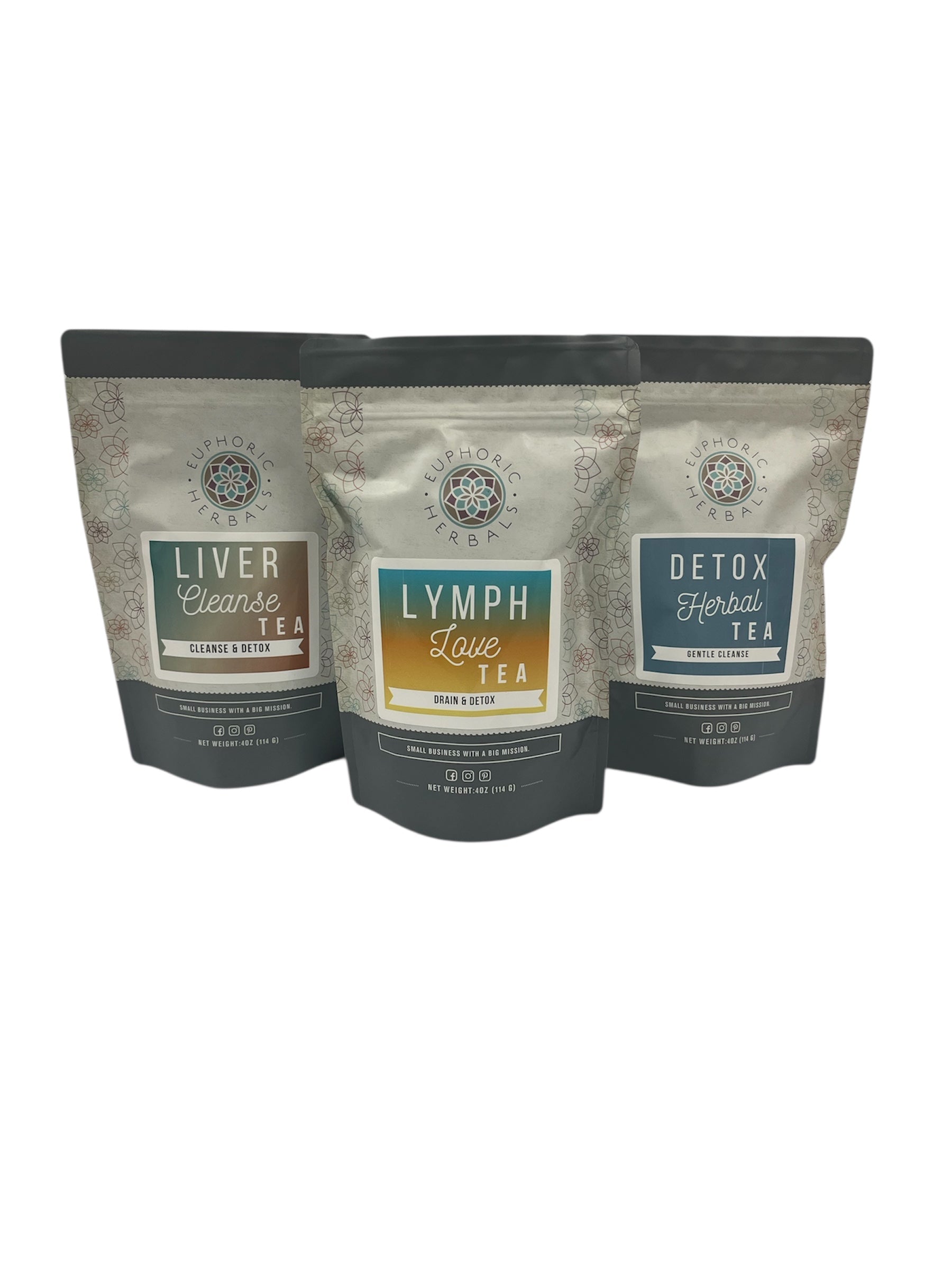Many women who choose to breastfeed their baby will encounter discomforts. One of those is called a nipple bleb or milk blister. Some people will use bleb and blister interchangeably, but while the two conditions are related, they are not the same. If you are experiencing pain when breastfeeding or are concerned about those white spots on your nipple, then keep reading.
Here is everything you need to know about milk blebs and milk blisters, including how to treat both effectively.
What Is a Milk Blister or Bleb?
A nipple bleb is a tiny yellow or white spot that appears on the end of the nipple, where you find the pores at the end of milk ducts. Blebs are thought to be cysts that are filled with milk or blockages caused by breastmilk that has hardened or thickened. The appearance is like a whitehead—shiny, round, and singular. Milk blisters are more painful than blebs.
What Causes Milk Blebs or Blisters?
The typical cause of a nipple bleb or blister is an improper latch. When the baby’s sucking is too weak or shallow, it can put undue pressure on the breast. Feeding from unnatural angles may also cause blebs and blisters. Other known causes include bacterial or yeast infection or having too much milk. Some women have also gotten blebs from wearing bras that are too small or chafe against the nipple.
Blisters, on the other hand, are slightly different. The use of the word “blister” is misleading because it is not caused by friction. Milk blisters are actually what happens when the skin grows across a milk duct. Some milk will build up behind that skin, giving it the appearance of a blister. Causes of milk blisters include excess breastmilk supply; baby latching, sucking, or tongue problems; thrush; and pressure on a particular section of the pressure.
Blisters do not usually block the milk duct completely but they can.
How To Treat Milk Blisters
At-home treatments are usually enough to help you find relief from blebs and milk blisters. If you are getting milk blisters consistently, you may want to consider how often you are feeding your baby. Frequent feedings have been shown to reduce the occurrence of both blebs and blisters. Furthermore, you should take some precautions against blockages by opening up the ducts with some massage, pumping, and warm compresses.
Here are some ways to treat a milk blister:
1. Warm compresses before feeding
Softening the skin of your nipples can help loosen the skin and open the pores so that the bleb is released as your baby nurses. Apply a compress to the nipple for 10-15 minutes. Pat the skin dry before breastfeeding.
2. Olive oil
Keeping the nipple soft throughout the day can naturally release the hardened milk. Take some olive oil and soak a cotton ball or pad in it. Place the soaked pad inside your bra, letting it cover the nipple. Make sure to wipe the nipple clean of oil before feeding.
3. Saline solution
You can take 1 cup of hot water and mix that with 2 teaspoons of Epsom salt to soak your breasts. Let the water cool a little before using the solution as a compress. Repeat this 3-4 times every day until the duct is unblocked.
4. Massage
You can massage your breasts before breastfeeding then let your little one work. Your baby is the best at applying the correct pressure to the bleb during feeding. After you have applied a hot compress or saline solution, gently manipulate the area to see if you can get the bleb to release. If not, gentle suckling may be able to help.
5. Hospital-grade breast pump
Although pumps are not always the best at releasing blebs, a hospital-grade model has the suction you need. Milk trapped in pores will have a thick consistency, kind of like paste. When using the breast pump, you should start with low pressure then gradually increase the strength until the milk from the bleb or blister comes out.
6. Lecithin supplements
Lecithin is an all-natural substance that is often added to certain foods as an emulsifier. While there is no scientific study that has proven it, many people believe that taking lecithin supplements can improve blocked ducts by adding more polyunsaturated fatty acids to the breastmilk and decreasing the stickiness.
7. Pain relievers
If you are having some pain from the bleb or the blister, then you should focus on reducing the pain first. You can take an ice pack to reduce the inflammation and pain caused by the blockage between breastfeeding sessions.
You can also use over-the-counter (OTC) pain relievers that are suitable for pregnant and breastfeeding women. Ibuprofen and acetaminophen are generally safe to take if you do not have asthma or stomach ulcers. However, you should always discuss taking medication with your doctor first to make sure it is right for you.
When To Call Your Doctor
If the bleb becomes more painful and does not disappear with home treatments within a few weeks, even if your baby is latching on securely and you are frequently breastfeeding, you need to call your doctor. Sometimes, nipple blebs and milk blisters are confused for other conditions, such as thrush, a fungal infection.
A health professional will be able to diagnose the issue. In the event the milk duct has been blocked, your doctor can use a needle to break the skin and drain the milk or remove the bleb. Notify medical professionals if you have a fever and notice any swelling, redness, or drainage that is not milk coming from the area of the bleb or blister. You may have an infection.
Milk Blister Prevention
There are a few ways to prevent milk blebs and milk blisters. First, you can change the position that you use for nursing, since different positions will reduce the pressure on any one place on the nipple. For example, you can try feeding using the football hold once a day then switch to the cradle hold for the next feeding.
You should also feed frequently. Be sure to check if your baby is getting a decent latch. A lactation consultant will be able to assist with teaching your baby how to get a better latch and teach you techniques if this is the issue. Most hospitals also have similar services.
Lastly, you should be hydrated. Drink plenty of fluids before and after a breastfeeding session. Also, avoid wearing too-tight bras or underwire bras, since those can reduce milk flow.
Takeaway
Many mothers experience blebs and blisters when breastfeeding. Though common, some women will also find blisters to be painful and will see to treat milk blisters at home. Use the treatments listed to help with blebs, and remember that if anything is unusual or if the pain doesn’t subside, you will need to see a doctor.
Did you enjoy this article and want more information? Have more questions about milk blisters? Get in contact with us by filling out the contact form.






















































